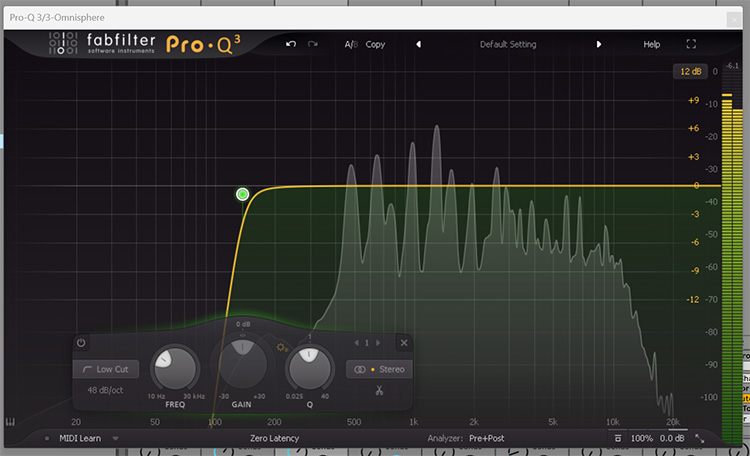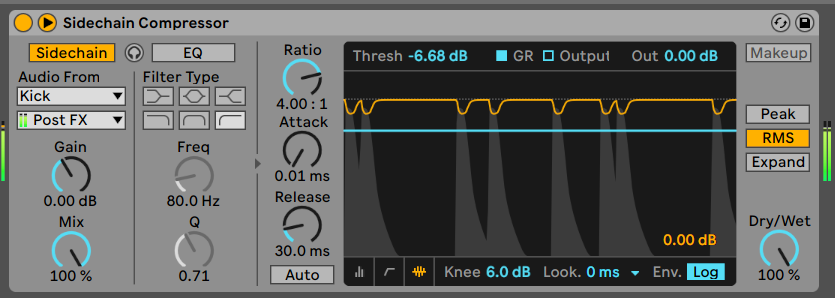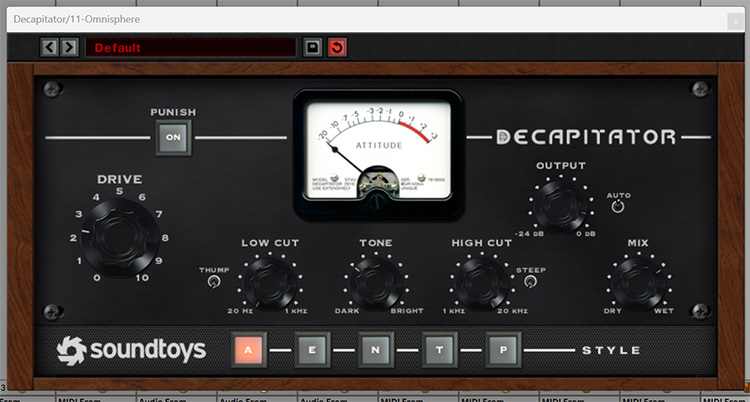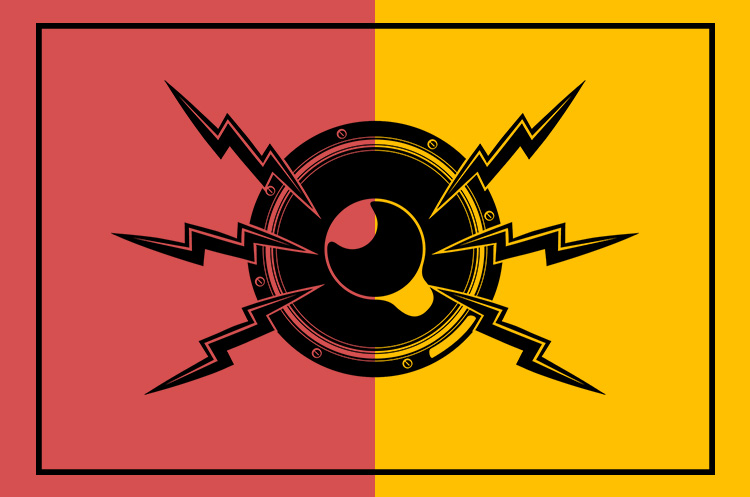Sub-bass frequencies are what you feel in your chest in the club or in the car when a song is playing. This pressure is generated by very low frequencies, between 20Hz-80Hz.
Sub bass is felt more than heard, and that's precisely why it plays such an important role in music. Because that's what gets people dancing in the club or nodding their heads in the car.
The EQing of your sub bass is an essential part of the mixing process. A well-tuned sub-bass can be the foundation of your mix, giving it power and definition.
Understanding the frequencies of the sub-bass
Sub-bass frequencies are usually the frequencies below 80 Hz. These frequencies form the foundation of your mix and add weight and power to the low end. However, these frequencies can also cause problems if they are not properly balanced.
A common problem is that the bass frequencies become too boomy, and your mix sounds muddy and unclear. All the other instruments move into the background, and in the end you really only have mud.
These frequencies are reproduced by subwoofers - very large speakers. In the studio, it is recommended to use a subwoofer in addition to studio monitors when working a lot with sub-bass frequencies.

Sub bass EQing for a clean mix
The trick to mixing sub bass frequencies is to find the right balance between the power and clarity of the bass. You want your sub bass to provide a strong foundation for your mix, but you also want to keep it from becoming too boomy or muddy. To achieve this balance, you can use a combination of EQ and compression.
High-pass filter the other tracks
EQing with a high-pass filter on other tracks is an easy way to give the sub-bass more room in the mix. Use an EQ on other tracks to filter out the low frequencies that are not important for those other instruments like guitar, piano, snare or vocals.
This way you leave room in the mix for the sub bass - and the low end doesn't become muddy and unclear.

However, you should not overuse the high-pass filter and always make sure that the sound of these tracks remains natural and does not become thinner - you should only take what you really do not need.
Low-pass filter
The sub bass, such as an 808, can also have information in the middle frequency range (so-called harmonics), and these can collide somewhat with other instruments, such as a piano or guitar.
If this is the case, you can easily reduce these frequencies with an EQ or remove them completely. But be careful: Sometimes it is exactly these frequencies that make an 808 sound really nice and make the sub-bass audible even in smaller speakers.

Therefore, I would rather recommend to first try to reduce these frequencies with a Bell EQ until you notice that the low-mid range is somewhat relieved. If that's still not enough, then you can take a low-pass EQ and filter everything out.
Sub Bass Compression
I also highly recommend working with sidechain compression. This allows you to separate colliding instruments without having to EQ the sub-bass.
This way you can keep your valuable low-mids and at the same time cleanly separate kick and subbass in the mix.
The sidechain compressor should always kick in on the sub bass when the other colliding track (usually the kick) is playing. The compressor should have a very short attack time to ensure that it starts working with the first transients of the kick.

The release time can be adjusted to taste - sometimes long release times are nice to create a pumping effect. But sometimes you need short release times so that the sub-bass comes back quickly.
By the way, this technique is a must for trap producers working with kick drums and 808 samples, because these two tracks always collide in the lower frequency range. This way you get the fast initial transients of the kick drum that introduce the beat, followed by a booming 808 that fills the entire sub-bass range.
Overdrive to improve audibility on small speakers or mobile phones
A common problem when producing songs with a lot of information in the very low frequency range is that these important elements are missing when listening to the song on small monitors or cell phones, as many people do nowadays.
One trick to avoid that: Use overdrive or saturation on your bass track to create low-mid harmonics. I like to use Soundtoys Decapitator for this - the plugin is really awesome. But any other saturation/overdrive/distortion plugin will do as well.

Concentrate on the range around 500-700 Hz (with most saturation plugins you can select the overdrive frequencies). But always make sure that the newly created harmonics do not collide with other tracks.
Keep reading: The best audio interfaces for music producers
















